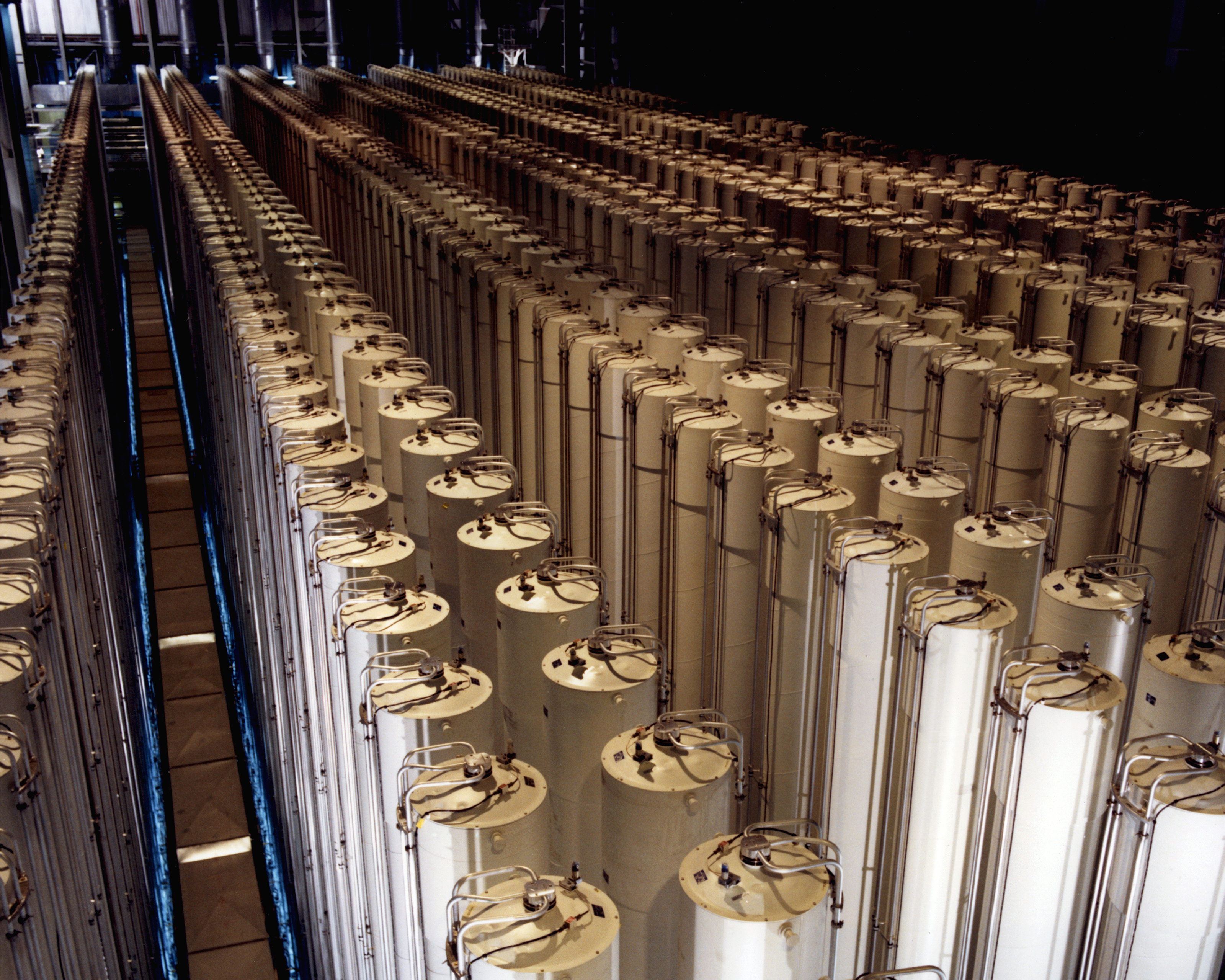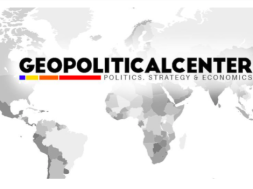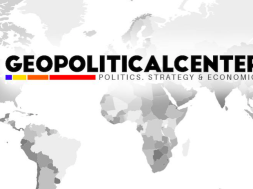
Programma atomico Iraniano: il testo dell’accordo di Losanna
Vi riportiamo il testo dell’accordo di Losanna tra Stati Uniti ed Iran riguardante il Programma Atomico Iraniano
Parameters for a Joint Comprehensive Plan of Action regarding the Islamic Republic of Iran’s Nuclear Program
Below are the key parameters of a Joint Comprehensive Plan of Action (JCPOA) regarding the Islamic Republic of Iran’s nuclear program that were decided in Lausanne, Switzerland. These elements form the foundation upon which the final text of the JCPOA will be written between now and June 30, and reflect the significant progress that has been made in discussions between the P5+1, the European Union, and Iran. Important implementation details are still subject to negotiation, and nothing is agreed until everything is agreed. We will work to conclude the JCPOA based on these parameters over the coming months.
Enrichment
• Iran has agreed to reduce by approximately two-thirds its installed centrifuges. Iran will go from having about 19,000 installed today to 6,104 installed under the deal, with only 5,060 of these enriching uranium for 10 years. All 6,104 centrifuges will be IR-1s, Iran’s first-generation centrifuge.
• Iran has agreed to not enrich uranium over 3.67 percent for at least 15 years.
• Iran has agreed to reduce its current stockpile of about 10,000 kg of low-enriched uranium (LEU) to 300 kg of 3.67 percent LEU for 15 years.
• All excess centrifuges and enrichment infrastructure will be placed in IAEA monitored storage and will be used only as replacements for operating centrifuges and equipment.
• Iran has agreed to not build any new facilities for the purpose of enriching uranium for 15 years.
• Iran’s breakout timeline – the time that it would take for Iran to acquire enough fissile material for one weapon – is currently assessed to be 2 to 3 months. That timeline will be extended to at least one year, for a duration of at least ten years, under this framework.
Iran will convert its facility at Fordow so that it is no longer used to enrich uranium
• Iran has agreed to not enrich uranium at its Fordow facility for at least 15 years.
• Iran has agreed to convert its Fordow facility so that it is used for peaceful purposes only – into a nuclear, physics, technology, research center.
• Iran has agreed to not conduct research and development associated with uranium enrichment at Fordow for 15 years.
• Iran will not have any fissile material at Fordow for 15 years. 2
• Almost two-thirds of Fordow’s centrifuges and infrastructure will be removed. The remaining centrifuges will not enrich uranium. All centrifuges and related infrastructure will be placed under IAEA monitoring.
Iran will only enrich uranium at the Natanz facility, with only 5,060 IR-1 first-generation centrifuges for ten years.
• Iran has agreed to only enrich uranium using its first generation (IR-1 models) centrifuges at Natanz for ten years, removing its more advanced centrifuges.
• Iran will remove the 1,000 IR-2M centrifuges currently installed at Natanz and place them in IAEA monitored storage for ten years.
• Iran will not use its IR-2, IR-4, IR-5, IR-6, or IR-8 models to produce enriched uranium for at least ten years. Iran will engage in limited research and development with its advanced centrifuges, according to a schedule and parameters which have been agreed to by the P5+1.
• For ten years, enrichment and enrichment research and development will be limited to ensure a breakout timeline of at least 1 year. Beyond 10 years, Iran will abide by its enrichment and enrichment R&D plan submitted to the IAEA, and pursuant to the JCPOA, under the Additional Protocol resulting in certain limitations on enrichment capacity.
Inspections and Transparency
• The IAEA will have regular access to all of Iran’s nuclear facilities, including to Iran’s enrichment facility at Natanz and its former enrichment facility at Fordow, and including the use of the most up-to-date, modern monitoring technologies.
• Inspectors will have access to the supply chain that supports Iran’s nuclear program. The new transparency and inspections mechanisms will closely monitor materials and/or components to prevent diversion to a secret program.
• Inspectors will have access to uranium mines and continuous surveillance at uranium mills, where Iran produces yellowcake, for 25 years.
• Inspectors will have continuous surveillance of Iran’s centrifuge rotors and bellows production and storage facilities for 20 years. Iran’s centrifuge manufacturing base will be frozen and under continuous surveillance.
• All centrifuges and enrichment infrastructure removed from Fordow and Natanz will be placed under continuous monitoring by the IAEA.
• A dedicated procurement channel for Iran’s nuclear program will be established to monitor and approve, on a case by case basis, the supply, sale, or transfer to Iran of 3 certain nuclear-related and dual use materials and technology – an additional transparency measure.
• Iran has agreed to implement the Additional Protocol of the IAEA, providing the IAEA much greater access and information regarding Iran’s nuclear program, including both declared and undeclared facilities.
• Iran will be required to grant access to the IAEA to investigate suspicious sites or allegations of a covert enrichment facility, conversion facility, centrifuge production facility, or yellowcake production facility anywhere in the country.
• Iran has agreed to implement Modified Code 3.1 requiring early notification of construction of new facilities.
• Iran will implement an agreed set of measures to address the IAEA’s concerns regarding the Possible Military Dimensions (PMD) of its program.
Reactors and Reprocessing
• Iran has agreed to redesign and rebuild a heavy water research reactor in Arak, based on a design that is agreed to by the P5+1, which will not produce weapons grade plutonium, and which will support peaceful nuclear research and radioisotope production.
• The original core of the reactor, which would have enabled the production of significant quantities of weapons-grade plutonium, will be destroyed or removed from the country.
• Iran will ship all of its spent fuel from the reactor out of the country for the reactor’s lifetime.
• Iran has committed indefinitely to not conduct reprocessing or reprocessing research and development on spent nuclear fuel.
• Iran will not accumulate heavy water in excess of the needs of the modified Arak reactor, and will sell any remaining heavy water on the international market for 15 years.
• Iran will not build any additional heavy water reactors for 15 years.
Sanctions
• Iran will receive sanctions relief, if it verifiably abides by its commitments.
• U.S. and E.U. nuclear-related sanctions will be suspended after the IAEA has verified that Iran has taken all of its key nuclear-related steps. If at any time Iran fails to fulfill its commitments, these sanctions will snap back into place.
• The architecture of U.S. nuclear-related sanctions on Iran will be retained for much of the duration of the deal and allow for snap-back of sanctions in the event of significant non-performance.
• All past UN Security Council resolutions on the Iran nuclear issue will be lifted simultaneous with the completion, by Iran, of nuclear-related actions addressing all key concerns (enrichment, Fordow, Arak, PMD, and transparency).
• However, core provisions in the UN Security Council resolutions – those that deal with transfers of sensitive technologies and activities – will be re-established by a new UN Security Council resolution that will endorse the JCPOA and urge its full implementation. It will also create the procurement channel mentioned above, which will serve as a key transparency measure. Important restrictions on conventional arms and ballistic missiles, as well as provisions that allow for related cargo inspections and asset freezes, will also be incorporated by this new resolution.
• A dispute resolution process will be specified, which enables any JCPOA participant, to seek to resolve disagreements about the performance of JCPOA commitments
• If an issue of significant non-performance cannot be resolved through that process, then all previous UN sanctions could be re-imposed.
• U.S. sanctions on Iran for terrorism, human rights abuses, and ballistic missiles will remain in place under the deal.
Phasing
• For ten years, Iran will limit domestic enrichment capacity and research and development – ensuring a breakout timeline of at least one year. Beyond that, Iran will be bound by its longer-term enrichment and enrichment research and development plan it shared with the P5+1.
• For fifteen years, Iran will limit additional elements of its program. For instance, Iran will not build new enrichment facilities or heavy water reactors and will limit its stockpile of enriched uranium and accept enhanced transparency procedures. • Important inspections and transparency measures will continue well beyond 15 years. Iran’s adherence to the Additional Protocol of the IAEA is permanent, including its significant access and transparency obligations. The robust inspections of Iran’s uranium supply chain will last for 25 years. • Even after the period of the most stringent limitations on Iran’s nuclear program, Iran will remain a party to the Nuclear Non-Proliferation Treaty (NPT), which prohibits Iran’s development or acquisition of nuclear weapons and requires IAEA safeguards on its nuclear program.
Fonte Dep. of State Usa
Comment(5)
Comments are closed.








Quindi uno Stato sottoposto a sanzioni è riuscito comunque ad avere 19.000 centrifughe. Mi piacerebbe sapere chi gliele ha vendute e soprattutto, perché chi sapeva che qualcuno vendeva centrifughe all’Iran è stato in silenzio? Che gran presa in giro!!!
se le saranno prodotte in casa
magari invece di vietargli di importare lavatrici, incentivandolo a produrre motori elettrici in casa, avrebbero dovuto pensare un po’ meglio a quel che facevano
ma non sia mai di rallentare i lavori di potenziamento e ripavimentazione delle vie dell’inferno, unica cosa di cui è capace l’occidente degli ultimi 30 anni
Israele ha detto chiaramente che agirà di conseguenza. Non è che in America vogliono lavarsi le mani e far si che scoppi un’altra guerra in medio oriente tra Israele e parte del mondo arabo?
Perché questo accordo pare che abbia proprio questo obbiettivo.
Tra parentesi, secondo me obama e chi lo segue la stanno facendo ” troppo grossa”… Aspettiamoci un impeachment tra poco, troppi interessi e troppe pressioni in ballo.
È mai possibile?
Figlio di un ricco mercante del bazaar, che avrebbe voluto farne un ingegnere, Zarif ha in effetti vissuto negli Stati Uniti per quasi la metà dei suoi 54 anni. Ha studiato a San Francisco, dove arrivò nel 1977. Si è specializzato alla Columbia a New York. Ha preso il dottorato a Denver. I suoi due figli sono nati in America. Nel 1979, allo scoppio della rivoluzione khomeinista, mentre i suoi compagni di studi si precipitavano a tornare a Teheran, lui scelse di restare negli Usa e fece domanda di assunzione alla missione iraniana all’Onu, dov’era in corso il repulisti della diplomazia monarchica..
Questi è Zarif… Altro che sanzioni, qua si mettono d’accordo per fare affari. Gli usa hanno loro uomini quasi dappertutto ormai. Sarà per questo che il mondo va a rotoli
Mi sono sempre chiesto anch’io dove siano le prove… Bah.